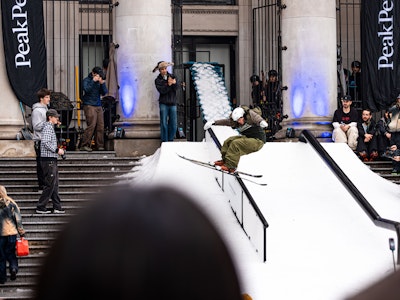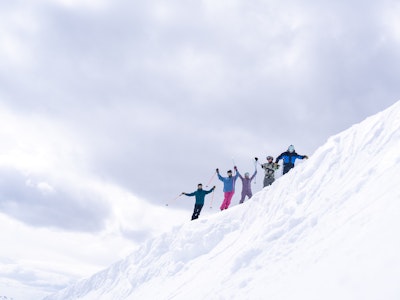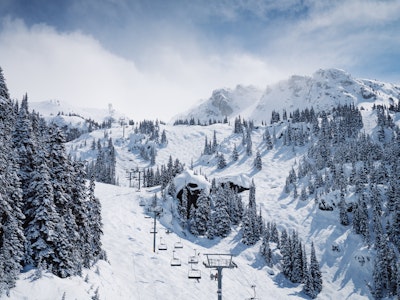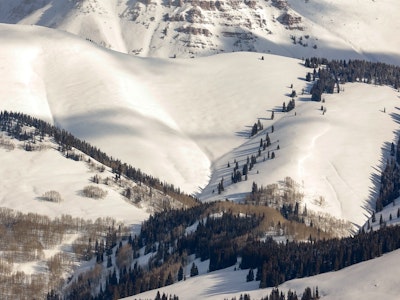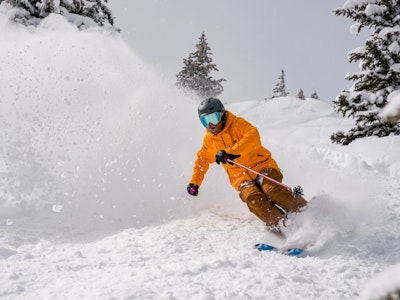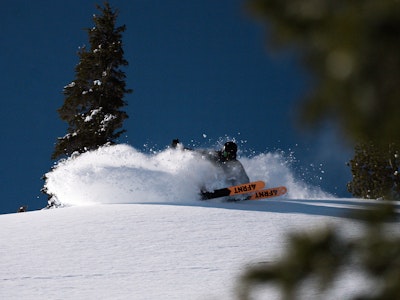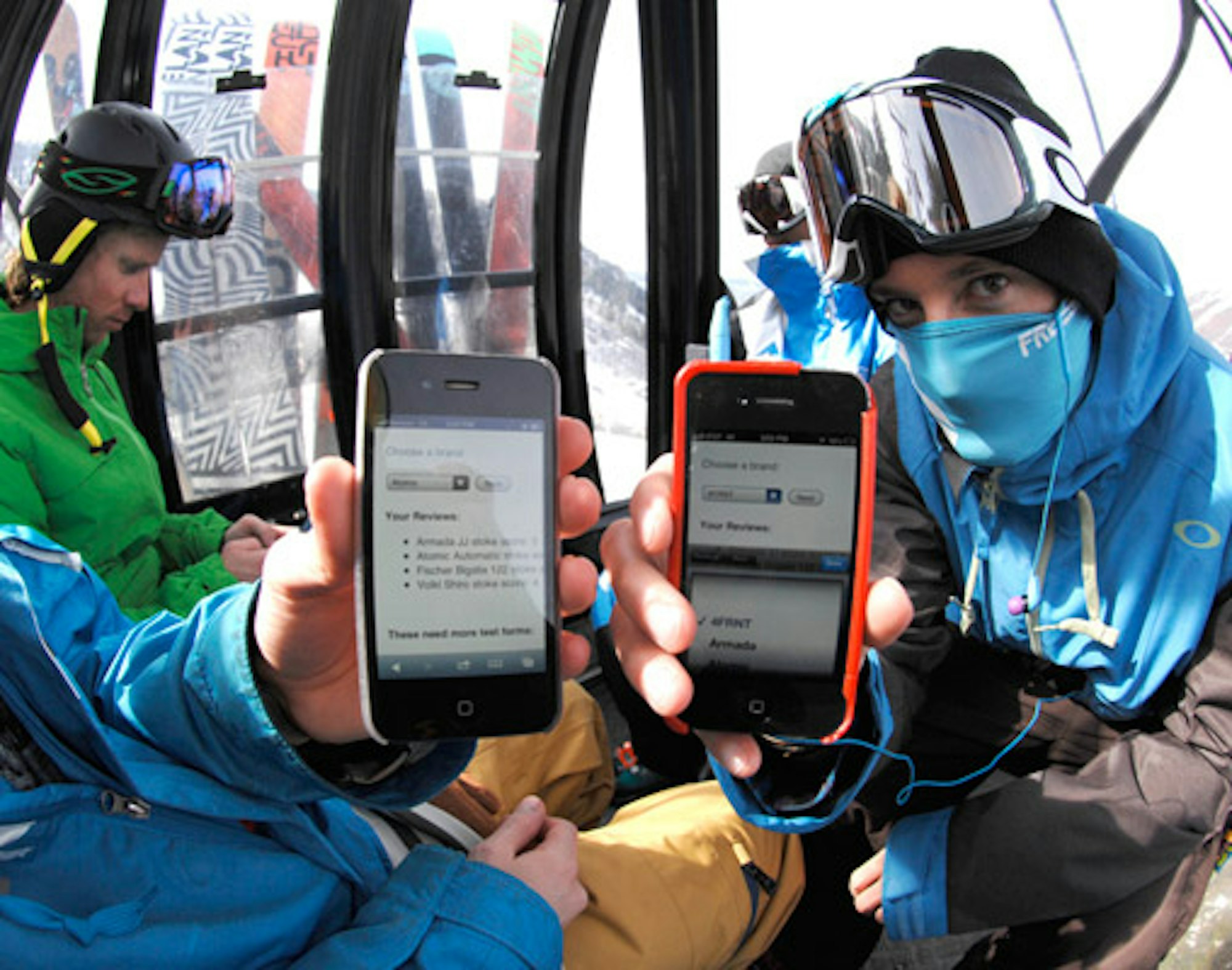For decades, ski magazines have performed “ski tests” in an effort to dole out coveted awards to the ski manufacturers who create the best tools of the trade. Each media outlet approaches testing differently, but one thing is fairly consistent: after a ski tester takes a lap or two on a ski, he or she fills out a paper test form and files the results for editors to review at a later date.
This is how we at Freeskier have done it for 10 years. But there are several problems with this method.
For one, there’s no easy way to keep track of how many testers have been on a ski. As a result, some skis end up with twice as many test forms as others. Two, all those test forms need to be kept in a safe place from the time they’re filled out on the hill to when they’re pulled back out to compile results later. This leads to very poor security around the forms, and all it takes is a big wind gust out on the hill and you could lose thousands of dollars worth of testing data. Third, someone has to eventually enter the test form data into a spreadsheet or database to actually do something with the information. This extra step is primed for error-introduction. The list goes on.
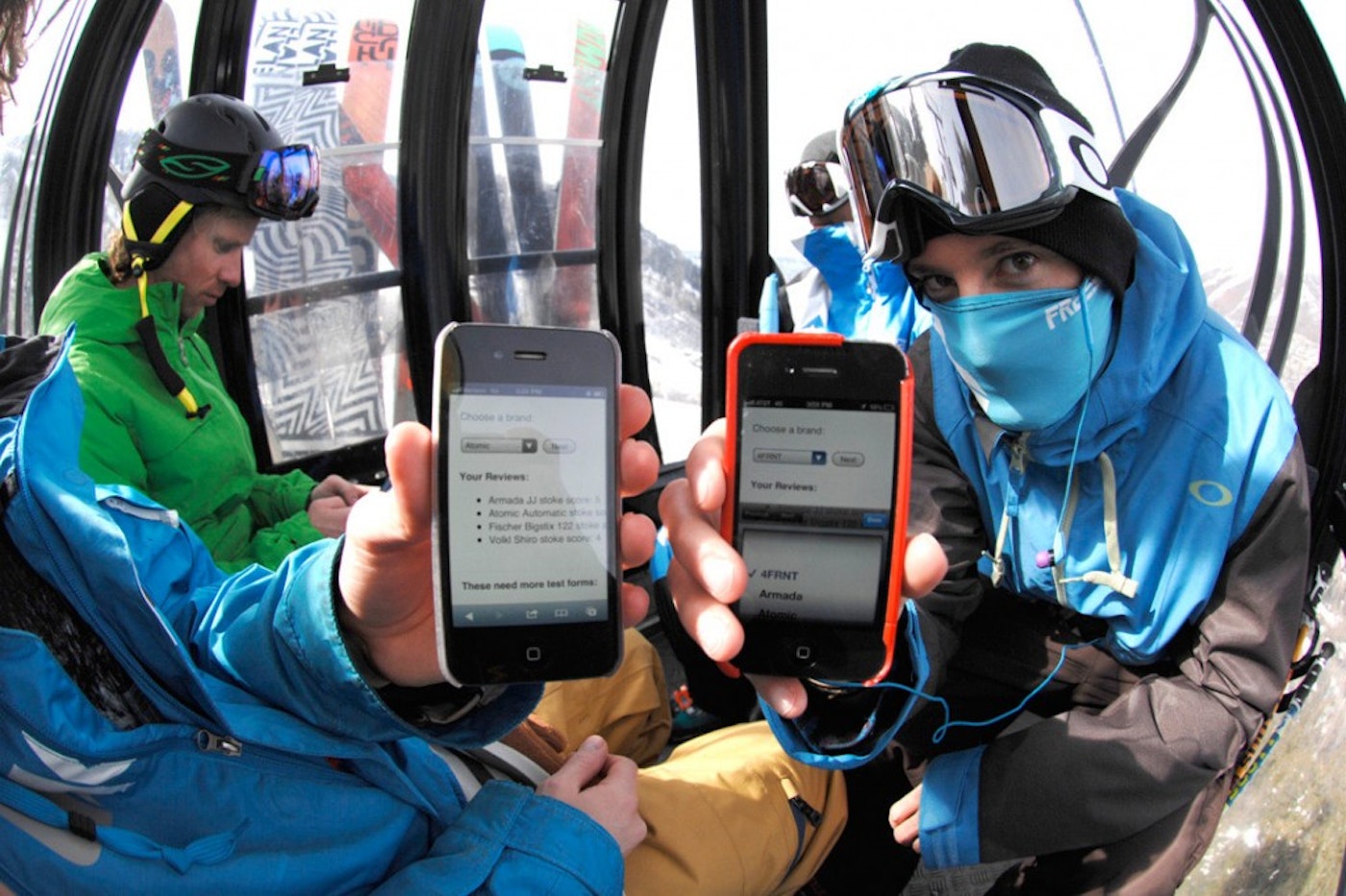
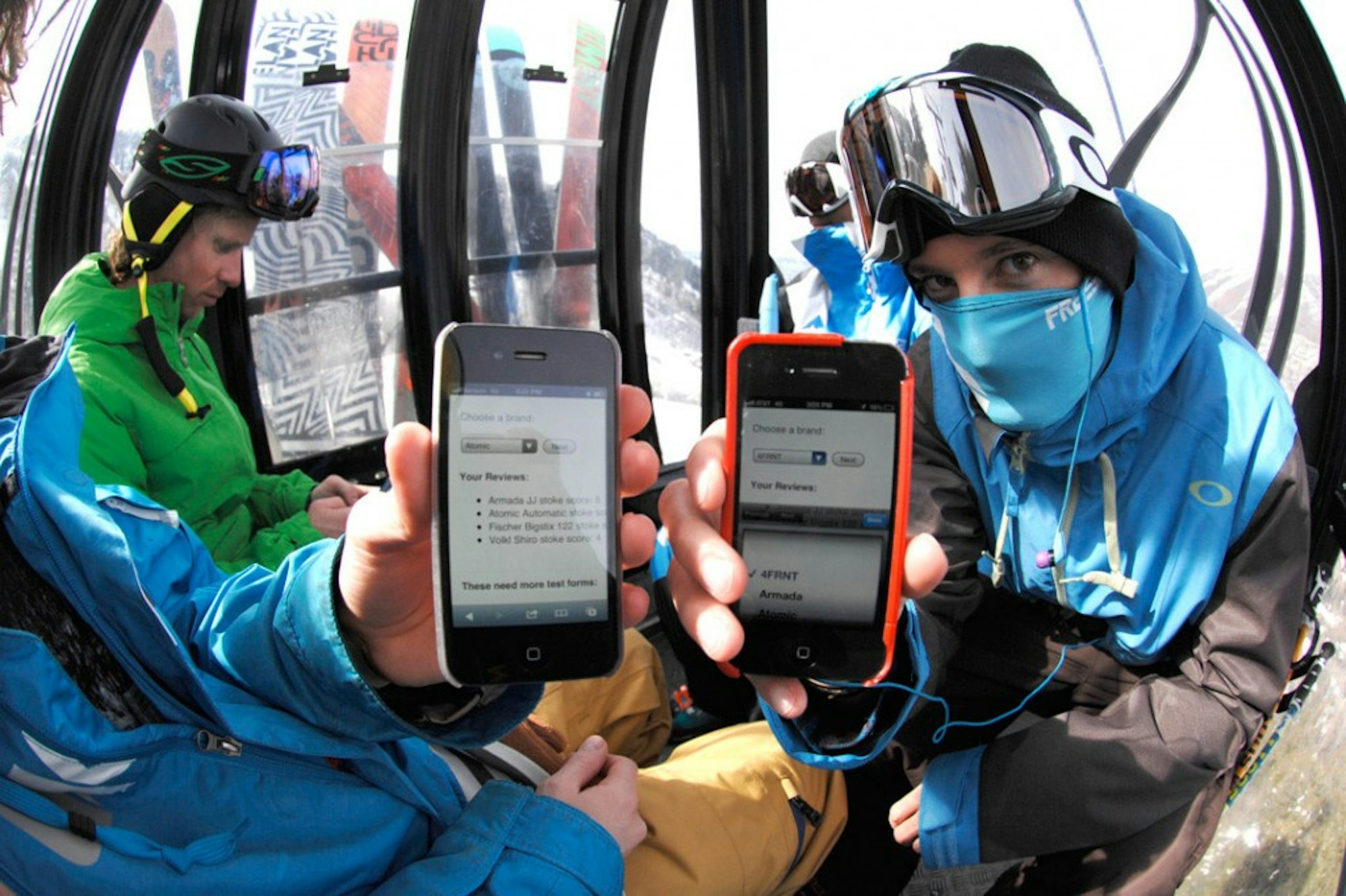
Getting work done on the gondola; All-Mountain Ski Test at Aspen
This year at #FreeskierFest, we’re changing all that with the introduction of our ski test web app. This app lets all of our testers enter their data directly into our cloud-based system with their mobile phones, without any of the risks listed above.
Here’s how it works:
A ski tester signs up in the web app and logs in. This allows us to track exactly who is testing what, how they’re rating skis, whether they’re slacking, etc.
The main screen has a lot of useful information: The tester is told how many reviews they’ve done, what they’ve reviewed (so they don’t double up) and what score they gave the ski, to compare against other skis later. They are also provided with a list of skis being tested on the current day and are able to see which models are in need of more testing, in real time. This ensures an even distribution of testers on each ski, and allows our staff to pull skis off the rack once they’ve been thoroughly tested. Lastly, the testers are shown the top 5 current testers to give a barometer for how slow or fast they are testing skis.
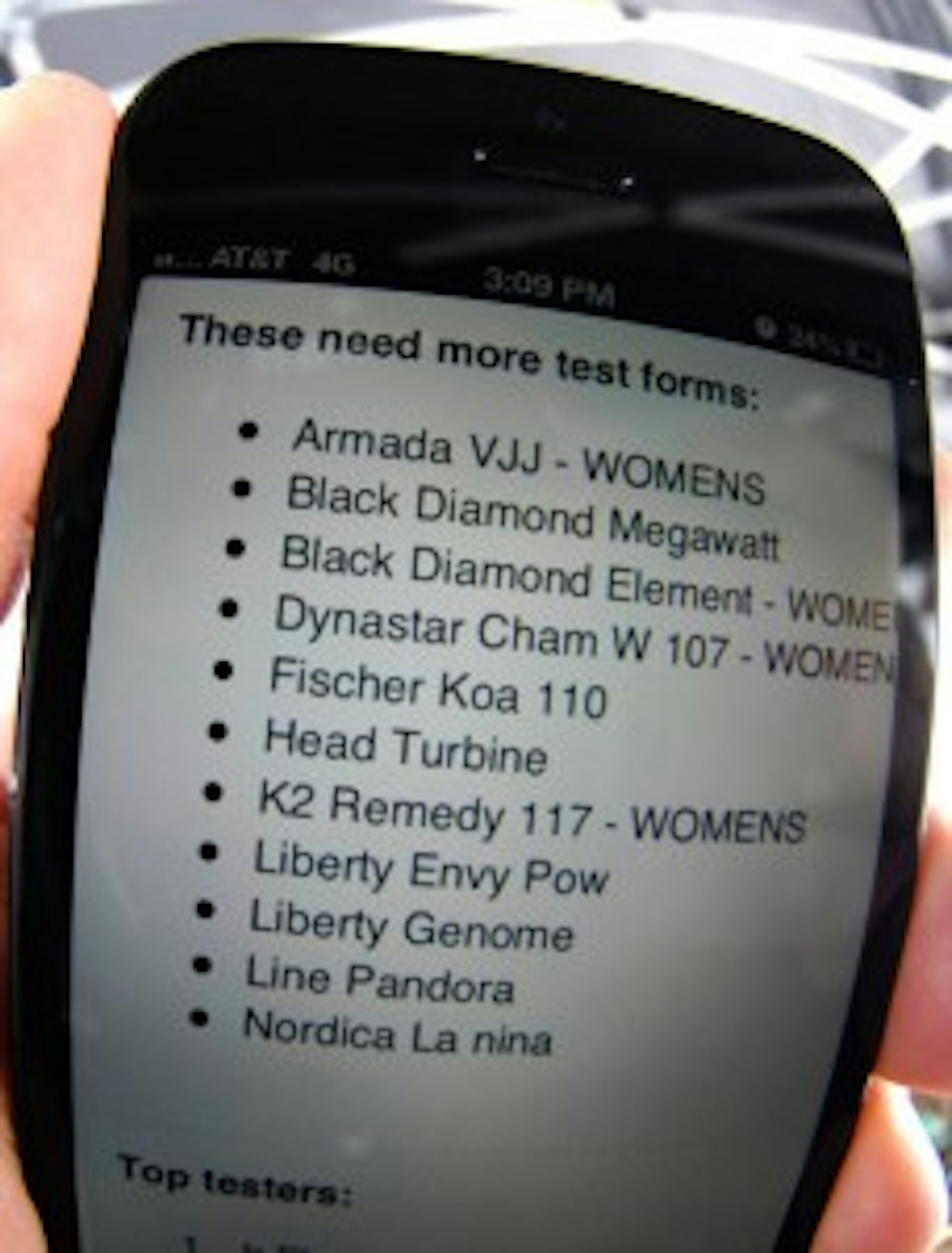
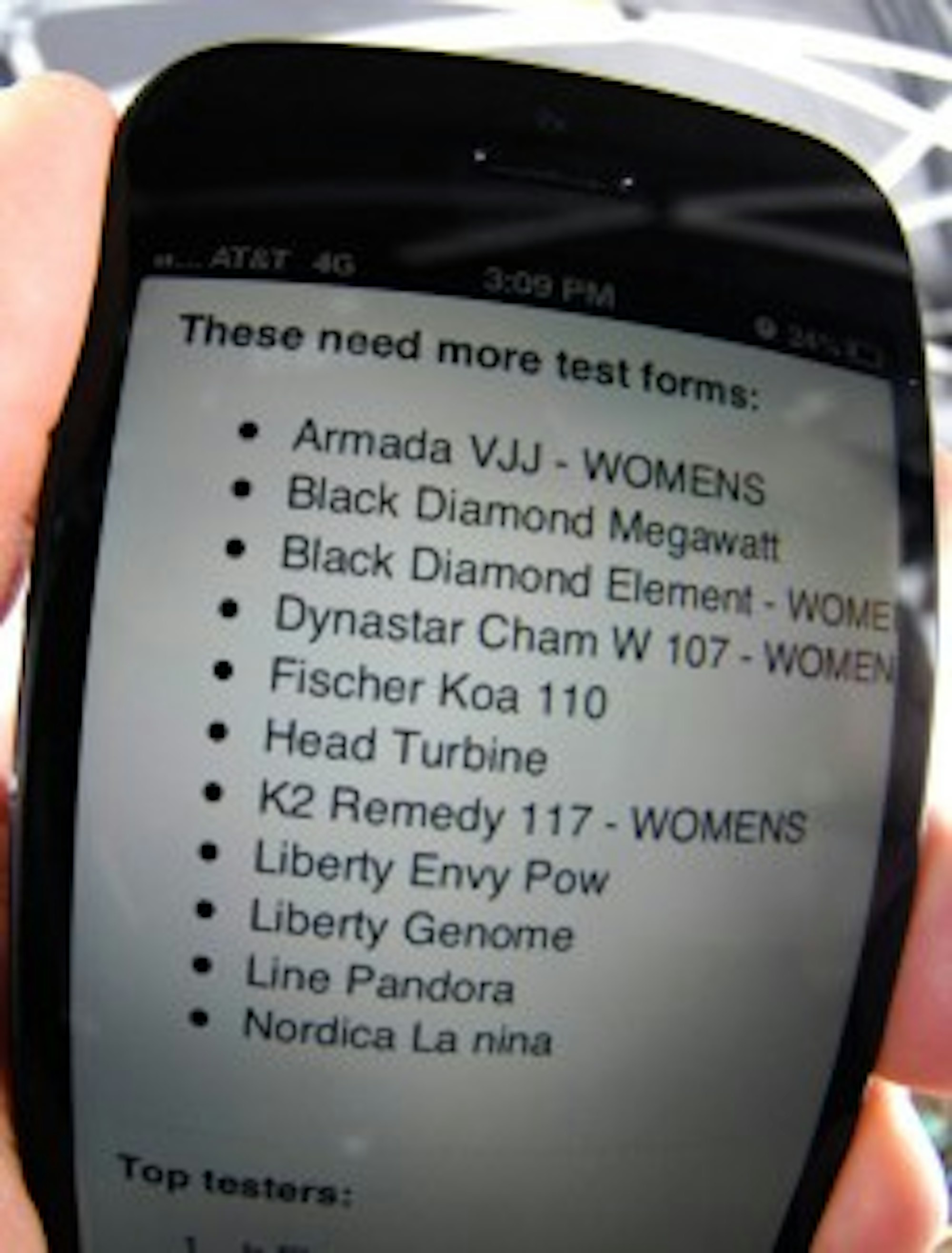
Lastly, a tester types a short review of what they liked and didn’t like about the ski, hits “Save,” puts their phone in their pocket and skis away knowing their review is logged safely and securely in the cloud.
By the time #FreeskierFest wraps up on Friday, we’ll have logged over 3,000 test forms from more than 50 testers. Then, our app system will use proprietary algorithms to look for data discrepancies (duplicates, blank reviews, etc.) and by Saturday, we’ll have our results ready for the 2014 Buyer’s Guide.
The #FreeskierFest ski test mobile app is faster for our testers than writing paper reviews, the data is saved in a secured cloud environment, we can manage the test in real time, and the results are compiled for us automatically. It’s is just one way we’re using technology to give you better intel to make your buying decision easier next year.

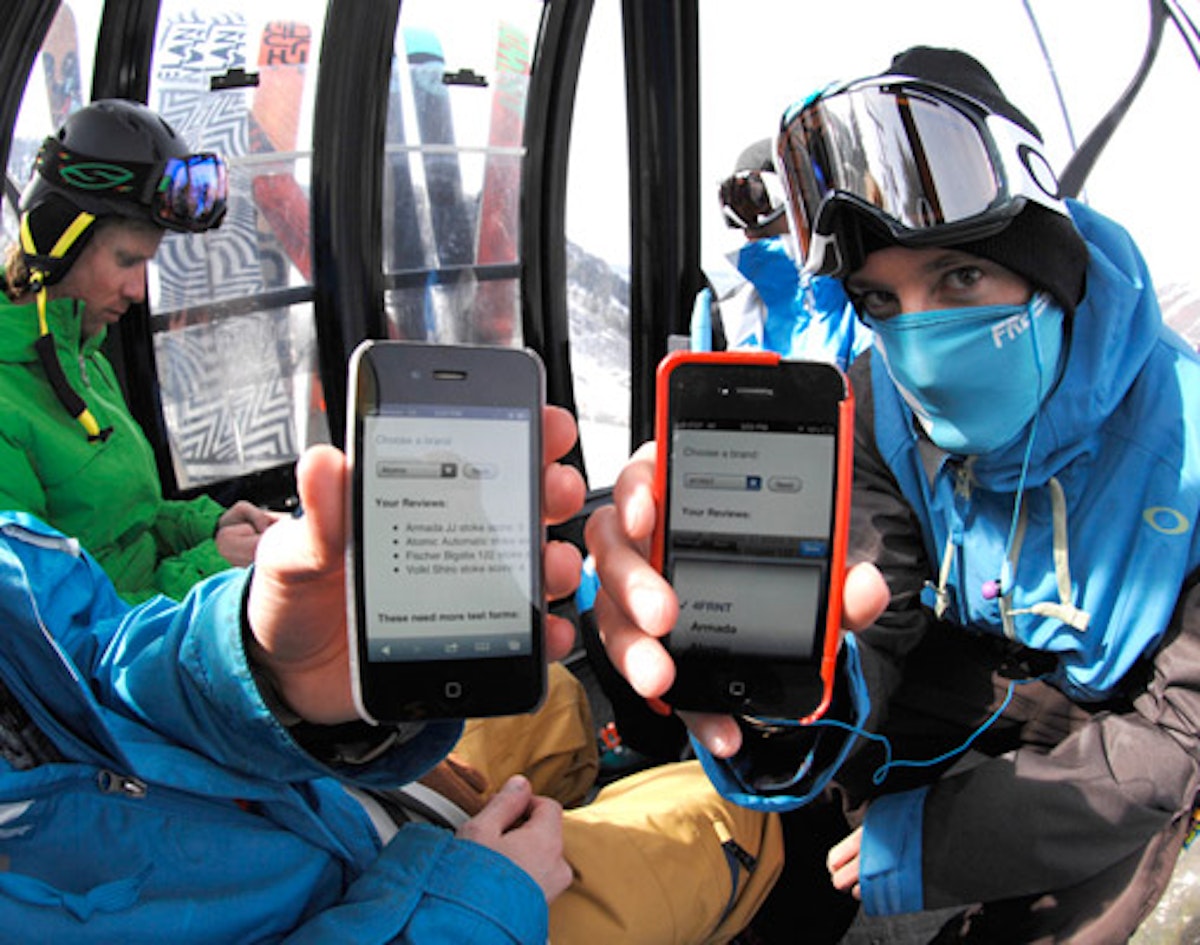
![[GIVEAWAY] Win a Legendary Ski Trip with Icelantic's Road to the Rocks](https://www.datocms-assets.com/163516/1765233064-r2r26_freeskier_leaderboard1.jpg?w=200&h=200&fit=crop)
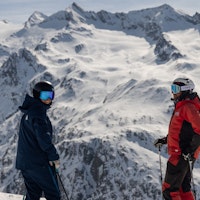
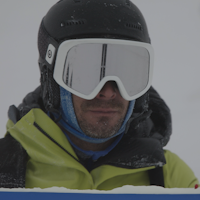
![[GIVEAWAY] Win a YoColorado X Coors Banquet Prize Package](https://www.datocms-assets.com/163516/1764877349-long-live-local-cooler-bag2.jpeg?w=200&h=200&fit=crop)
![[GIVEAWAY] Win a Legendary Ski Trip with Icelantic's Road to the Rocks](https://www.datocms-assets.com/163516/1765233064-r2r26_freeskier_leaderboard1.jpg?auto=format&w=400&h=300&fit=crop&crop=faces,entropy)

